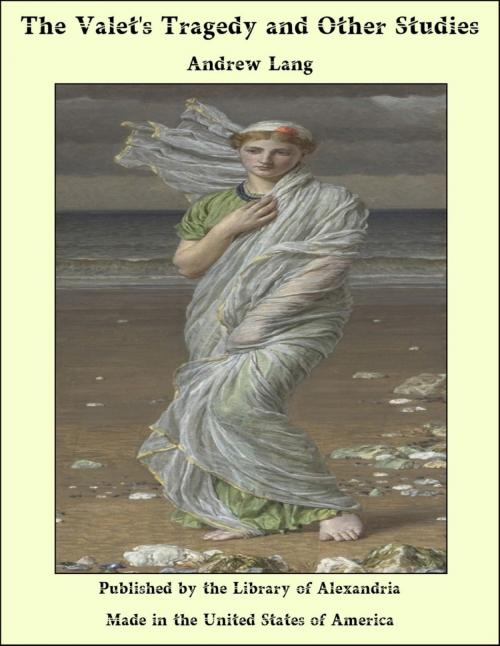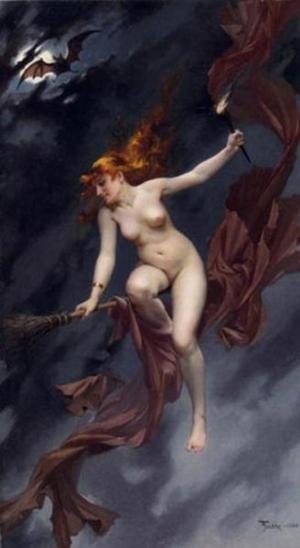The Valet's Tragedy and Other Studies
Nonfiction, Religion & Spirituality, New Age, History, Fiction & Literature| Author: | Andrew Lang | ISBN: | 9781465531148 |
| Publisher: | Library of Alexandria | Publication: | March 8, 2015 |
| Imprint: | Language: | English |
| Author: | Andrew Lang |
| ISBN: | 9781465531148 |
| Publisher: | Library of Alexandria |
| Publication: | March 8, 2015 |
| Imprint: | |
| Language: | English |
The Mystery of the Man in the Iron Mask is, despite a pleasant saying of Lord Beaconsfield's, one of the most fascinating in history. By a curious coincidence the wildest legend on the subject, and the correct explanation of the problem, were offered to the world in the same year, 1801. According to this form of the legend, the Man in the Iron Mask was the genuine Louis XIV., deprived of his rights in favour of a child of Anne of Austria and of Mazarin. Immured in the Isles Sainte-Marguerite, in the bay of Cannes (where you are shown his cell, looking north to the sunny town), he married, and begot a son. That son was carried to Corsica, was named de Buona Parte, and was the ancestor of Napoleon. The Emperor was thus the legitimate representative of the House of Bourbon. This legend was circulated in 1801, and is referred to in a proclamation of the Royalists of La Vendee. In the same year, 1801, Roux Fazaillac, a Citoyen and a revolutionary legislator, published a work in which he asserted that the Man in the Iron Mask (as known in rumour) was not one man, but a myth, in which the actual facts concerning at least two men were blended. It is certain that Roux Fazaillac was right; or that, if he was wrong, the Man in the Iron Mask was an obscure valet, of French birth, residing in England, whose real name was Martin. Before we enter on the topic of this poor menial's tragic history, it may be as well to trace the progress of the romantic legend, as it blossomed after the death of the Man, whose Mask was not of iron, but of black velvet. Later we shall show how the legend struck root and flowered, from the moment when the poor valet, Martin (by his prison pseudonym 'Eustache Dauger'), was immured in the French fortress of Pignerol, in Piedmont (August 1669).
The Mystery of the Man in the Iron Mask is, despite a pleasant saying of Lord Beaconsfield's, one of the most fascinating in history. By a curious coincidence the wildest legend on the subject, and the correct explanation of the problem, were offered to the world in the same year, 1801. According to this form of the legend, the Man in the Iron Mask was the genuine Louis XIV., deprived of his rights in favour of a child of Anne of Austria and of Mazarin. Immured in the Isles Sainte-Marguerite, in the bay of Cannes (where you are shown his cell, looking north to the sunny town), he married, and begot a son. That son was carried to Corsica, was named de Buona Parte, and was the ancestor of Napoleon. The Emperor was thus the legitimate representative of the House of Bourbon. This legend was circulated in 1801, and is referred to in a proclamation of the Royalists of La Vendee. In the same year, 1801, Roux Fazaillac, a Citoyen and a revolutionary legislator, published a work in which he asserted that the Man in the Iron Mask (as known in rumour) was not one man, but a myth, in which the actual facts concerning at least two men were blended. It is certain that Roux Fazaillac was right; or that, if he was wrong, the Man in the Iron Mask was an obscure valet, of French birth, residing in England, whose real name was Martin. Before we enter on the topic of this poor menial's tragic history, it may be as well to trace the progress of the romantic legend, as it blossomed after the death of the Man, whose Mask was not of iron, but of black velvet. Later we shall show how the legend struck root and flowered, from the moment when the poor valet, Martin (by his prison pseudonym 'Eustache Dauger'), was immured in the French fortress of Pignerol, in Piedmont (August 1669).















